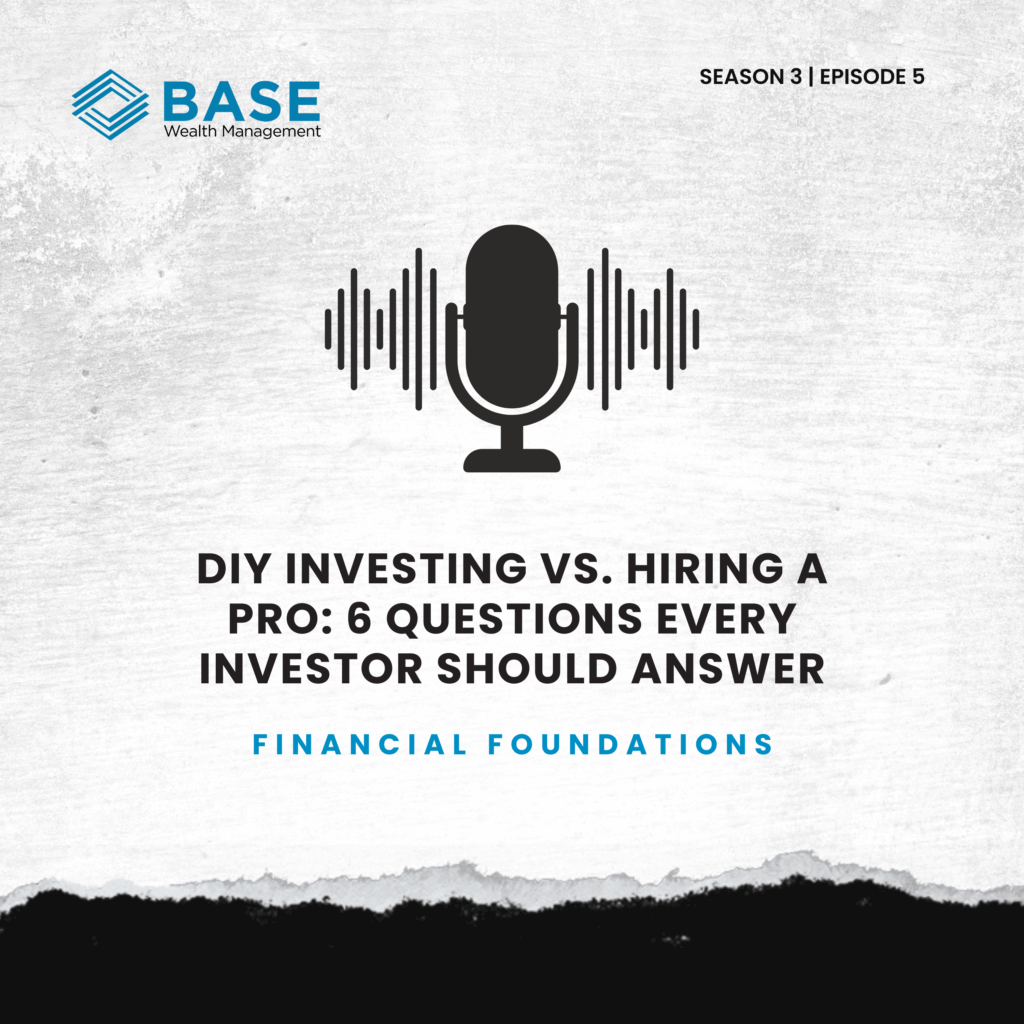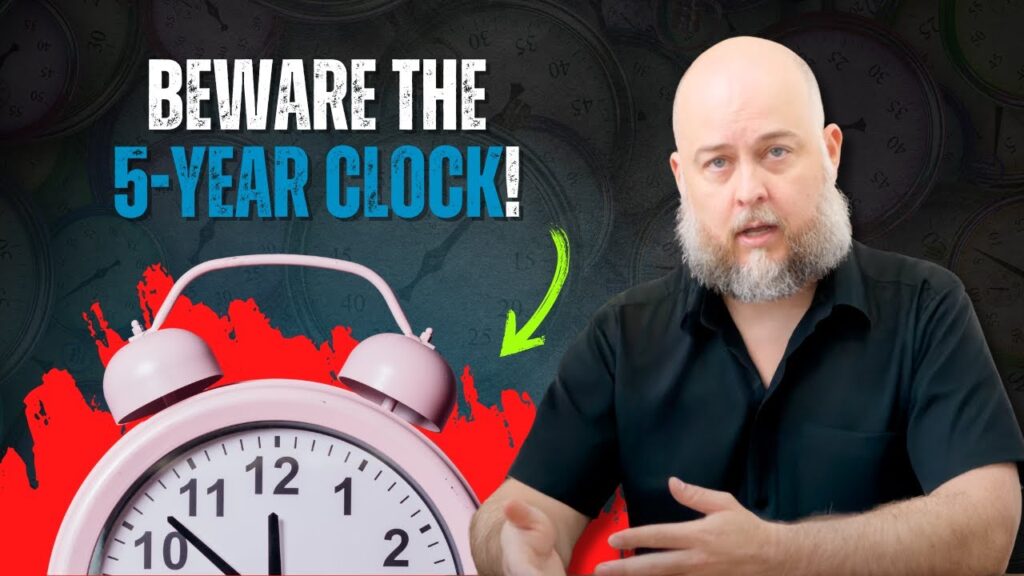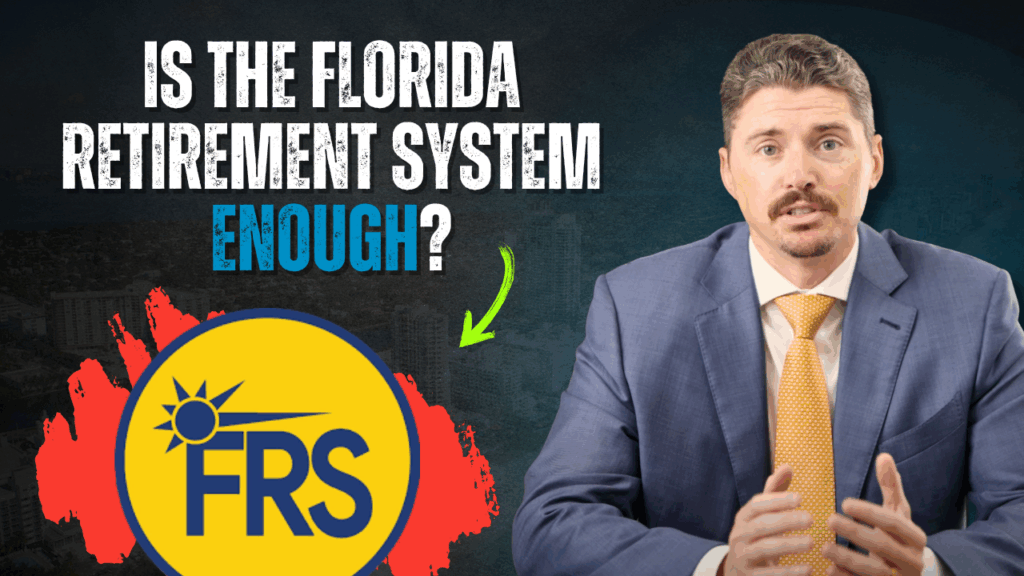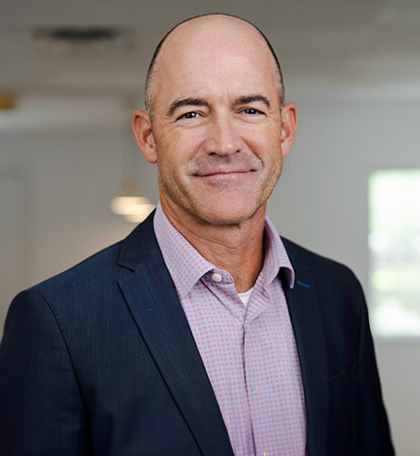With 2020’s pandemic throwing a wrench into most people’s lives, everyone is looking to the new year for a fresh start.
Whether you want to lose a few pounds, rid yourself of stress, or take up a new hobby, there’s something about a new year (and especially this one) that motivates us to take action on those goals we want to accomplish but never seem to have enough time for. The truth is, just setting goals and waiting until the turn of the year to get started probably won’t help you much. You need a plan, coupled with motivation, that gives you practical steps that get you closer to your goal now, one step at a time.
Since finance-related New Year’s resolutions consistently fall in the top five most popular list, we want to make it easy for you to quickly take action by offering you 5 ways to kick-start your financial plan for 2021!
1. Study Your Finances
Before plunging into the details, take some time to grasp the bigger picture of your financial situation. Have you picked up some questionable spending habits? Are you filled with regret about neglecting to save or some bad advice you’ve taken? Are there certain areas you are thriving in? Whatever your overall finances have looked like in the past, don’t let any mistakes keep you from pushing forward. Instead of spending time and energy dwelling on what you wish you could have done differently, learn from your mistakes, and reflect on what worked and any areas of opportunity. Then take your newfound insight and move forward. Study your current financial situation – including income, savings, debt, and expenses, and make a real choice about how you want them to look in both the short and long term.
2. Eliminate Your Debt
One of the first steps to take in achieving your goals is ridding yourself of debt. Only when you stop and understand just how harmful debt is, can you really start to take action. With interest rates as high as 10-30% on various credit cards or loans, you’re limiting the amount of cash you have to put toward your goals, whether that’s maximizing your retirement accounts or going on that island vacation. Attack your debt with a vengeance and consolidate accounts where you can.
A typical strategy is to start paying off the smallest debt first while making minimum payments on the rest. This is called the Snowball Strategy. Try using a debt calculator to determine out how long it will take to pay off your debt, then prioritize adding more debt payments into your monthly budget so you aren’t tempted to spend that money in other places.
Setting up a liquid, easily accessible savings account should also be a priority to help you avoid accumulating more debt. The easiest way to create this cash cushion is by setting aside money from each paycheck until you have enough to cover at least three months of living expenses. You will never regret having an emergency fund in place if you need it.
3. Put Together a Savings Plan
Due to the time value of money and the effects of compounding, the sooner you start saving for your future, the better. If you’re already saving, try to find ways to save more by cutting back on expenses and moving over a reasonable percentage of any raises and bonuses directly into your savings, and automating savings increases every year. The impact may seem minimal, but each dollar helps. Your expanded savings can be invested into your company 401(k) or 403(b) plan or your personal IRA account.
Then watch as your money works for you due to the magic of compounding interest over time.
4. Invest with Purpose
On the point of savings, be sure you’re putting away your hard-earned cash properly. Anybody can simply choose a random mix of funds to invest in, but having a customized, comprehensive retirement plan based on your circumstances, goals, and risk level is what will get you where you want to go. Asset allocation is the most critical investment decision you can make, especially in a volatile market.
Working with a financial professional to determine your risk tolerance level and create an investment strategy that will give your portfolio a clear sense of purpose is crucial to ensuring your portfolio remains aligned with your goals and time outlook.
5. Partner With A Financial Consultant
Whatever your situation, whatever your goals, a financial professional can guide you through each of these steps to get your financial plan in shape. You’re much more likely to make your goals a reality if you have a concrete plan in place, and someone there to provide sound advice and limit your mistakes, as some mistakes can be unrecoverable. At Base Wealth Management, we believe that a strong planning process is the foundation for a more financially secure plan. If you would like help creating a customized, comprehensive blueprint to build your financial future from, schedule a no-fee, no-obligation virtual appointment or contact us at (941) 756-8716. You can also email us at dan@basewealthmanagement.com.



















